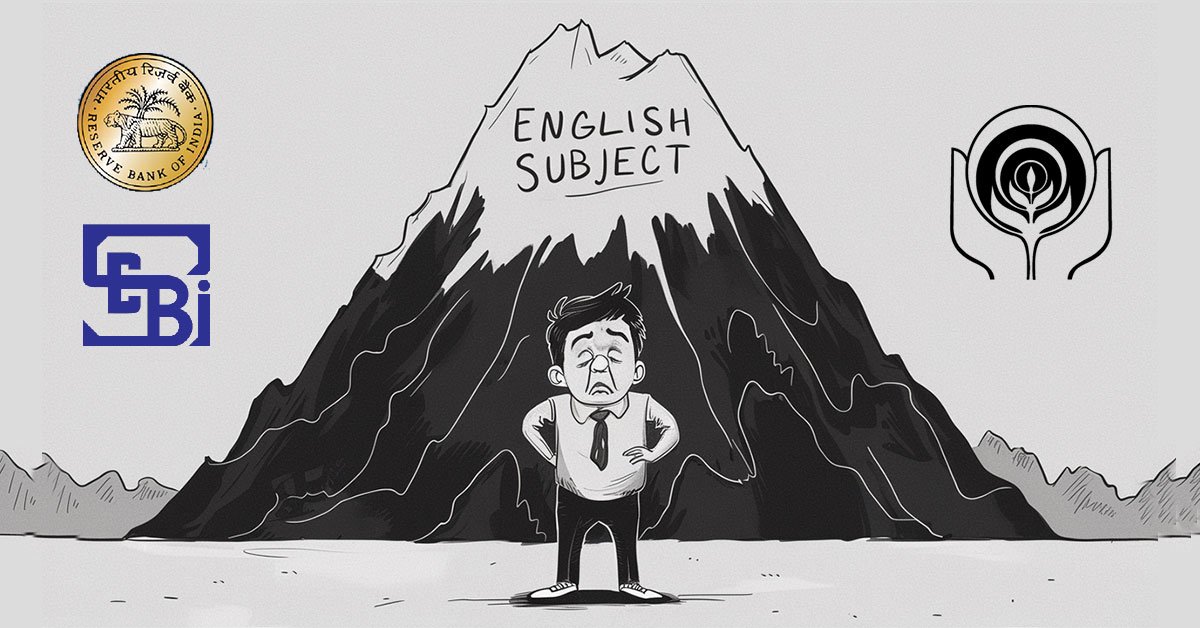Context:
On January 20, 2025, as one of his first executive orders upon his return to the White House, Donald Trump announced that the United States will be leaving the World Health Organization (WHO). His primary reasons included bias towards China and the poor handling of the COVID-19 pandemic.
Major Reasons for This Move
Public Perception of WHO in the U.S.
- Growing Skepticism
- In 2020, 45% of Americans agreed with Trump’s criticism of WHO.
- In 2024, just 40% of American citizens felt their country benefits “not at all” or “not too much” from WHO membership, up from 34% in 2021.
- Partisan Divide
- 80% of Democrats-or Democratic-leaning respondents-believe the U.S. benefits from WHO.
- Only 38% of Republicans agree, and even fewer support from conservative Republicans.
Economic Issues
- The U.S. has been WHO’s largest donor, accounting for 15% of its overall budget since 2016-17.
- During the pandemic (2020-21), funding from the U.S. was reduced to 8.9%, and bounced back in 2022-23 to $1.2 billion.
- The withdrawal ends all future funding and aid, which means WHO will have a significant financial shortfall.
Impact on WHO and Global Health Initiatives
Funding Crisis
- The funds gap is quite enormous with U.S. withdrawing, WHO may find it quite difficult to meet this gap
- Other largest WHO contributors (2024-25)
- Bill & Melinda Gates Foundation (12.9%)
- GAVI Alliance (9.91%)
- European Commission (8.06%)
- World Bank (5.34%)
- China contributes only 3%
WHO Program Disruptions
- The U.S. heavily contributed to WHO programs:
- 26% on enhancing health services worldwide.
- 21% in prompt response to health emergencies.
- 20% on polio eradication.
- 10% on epidemic and pandemic prevention.
Impact on Personnel and Research
- The order references the US personnel working with WHO. Indeed, the number of US collaborating centers is the largest at 79 followed by India and China. Research collaboration and coordinating public health work will be hampered.
Will Others Step Up?
- Germany and UK are the largest donors from Europe and no single country has supplied more than 5 percent of WHO’s financing.
- US dollar contribution cannot easily be replaced because it might probably push WHO into curtailing or raising money on its own private.
















